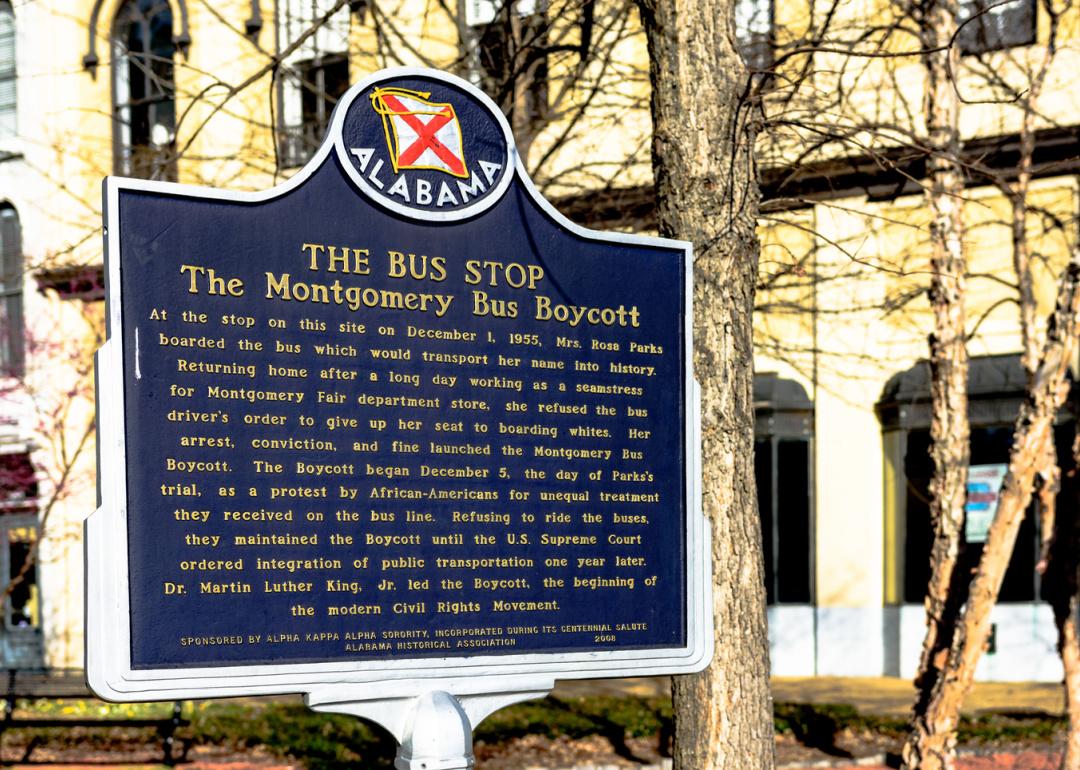
The volatile busing strategy is born: A major civil rights moment in North Carolina
The volatile busing strategy is born: A major civil rights moment in North Carolina
A land of contradictions from the outset, the United States was founded by slave owners who spoke passionately and eloquently about liberty, freedom, and justice for all. In the beginning, "all" was limited to men of European ancestry who were wealthy enough to own land. The Constitution's protections did not apply to most of the people living in America for most of America's history—at least not in full.
Women—about 50% of the population—were not included in the country's concept of "all," likewise millions of slaves—and for a long time, their offspring. Native Americans, the descendants of the original inhabitants of the United States, were commonly excluded from the promise of America, as were many immigrants, ethnic groups, and religious minorities.
Despite all the work that remains to be done, all of those groups and many others now enjoy freedoms that had to be won—won through the courts, through the court of public opinion, through mass demonstrations, through legislation, through boycotts, and in many cases, through martyrdom.
Fighting to expand the definition of "all" requires powerless people to challenge the power structures that benefit from keeping certain people locked in their status as second-class citizens. They often do it at great risk to their jobs, their reputations, their homes, and in many cases, their lives. Even so, brave advocates and activists fought the good fight in every state in America. Each state has a unique story to tell about the epic struggles for civil rights that were waged there, as well as those that continue to be waged. The following is a tiny sliver of their collective efforts.
Using a variety of sources, Stacker identified a defining moment for civil rights in all 50 states. They stand out for different reasons and led to changes that lifted different groups, but they all prove how much can be achieved—and how much still remains to be accomplished.
Keep reading to find out your state's contribution to civil rights.
North Carolina: The volatile busing strategy is born
By 1971, 17 years had passed since Brown v. Board, but no one would have known that school segregation had been banned by looking at the Charlotte-Mecklenburg school district in North Carolina. That year, the Supreme Court ruled in the landmark Swann v. Charlotte-Mecklenburg Board of Education case that busing Black children to white schools was a logical remedy to the widespread segregation that still existed. The decision had nationwide implications as out-of-district busing improved racial equity in education but also triggered an enormous backlash.
Click here to see an event from every state or continue reading for other events near North Carolina.
Georgia: A King is born
The America that exists today would certainly look much different had a baby named Michael King not been born in Atlanta on Jan. 15, 1929. When his parents changed his name at six years old, the child became Martin Luther King Jr., the most revered and successful civil rights leader in history. He would go on to lead the Montgomery Bus Boycott, articulate his vision at the March on Washington, become history's youngest Nobel laureate, and wage his crusade for justice and equality through nonviolence.
South Carolina: Tragedy spawns a new conversation about old symbols
In 2015, the murder of nine worshippers at a historic Black church in Charleston provided the kind of tragedy that so often seems to be required for any real change to take place. The Confederate battle flag—the most potent symbol of white supremacy and racial intimidation since the Civil War—still flew proudly over the South Carolina Statehouse. The moment sparked a renewed conversation about finally removing the countless Confederate flags, statues, monuments, and other celebrations of white supremacy that had adorned the South since that conflict.



